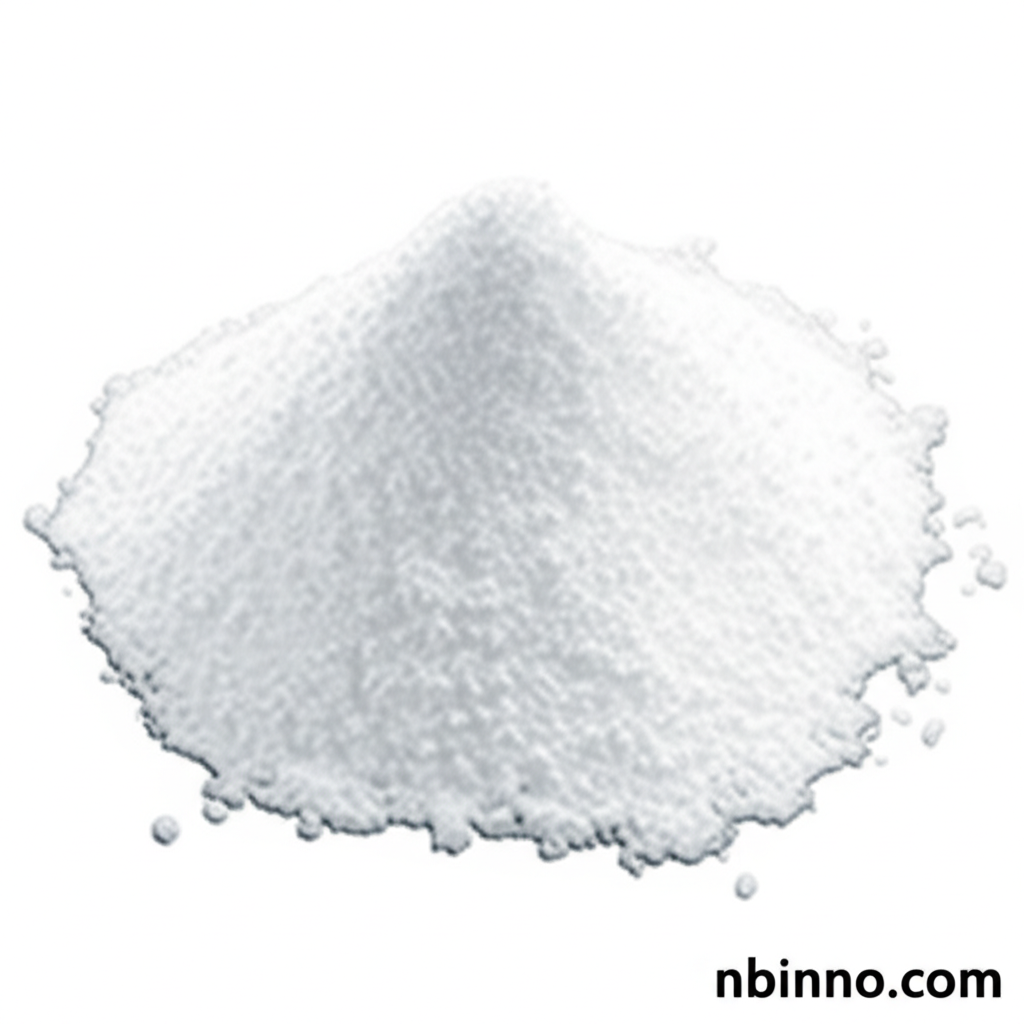XL765: A Potent PI3K/mTOR Inhibitor for Advanced Cancer Research and Treatment
Explore the dual inhibition power of XL765 in targeted cancer therapy and research.
Get a Quote & SampleProduct Core Value

Dual PI3K/mTOR Inhibitor
XL765 is a leading pharmaceutical intermediate that acts as a selective dual inhibitor of PI3K and mTOR. This dual action targets critical cellular pathways involved in cancer cell growth, proliferation, and survival. Its potent inhibition of the PI3K/mTOR pathway makes it a valuable tool in oncology research and a promising candidate for targeted cancer treatment strategies.
- Leveraging XL765 PI3K mTOR inhibitor properties, researchers gain insights into complex cancer signaling pathways.
- The SAR245409 cancer treatment mechanism offers new avenues for developing effective therapies against various malignancies.
- Voxtalisib PI3K/mTOR dual inhibitor action provides a strong basis for pre-clinical and clinical studies in oncology.
- Understanding the PI3K pathway cancer research applications of XL765 is crucial for advancing personalized medicine.
Key Advantages Offered
Potent Dual Inhibition
XL765, as a Voxtalisib PI3K/mTOR dual inhibitor, effectively blocks both PI3K and mTOR pathways, leading to significant anti-cancer effects.
Broad Efficacy
Demonstrates effectiveness in various cancer models, making it a versatile tool for PI3K pathway cancer research.
Clinical Relevance
The XL765 clinical trials highlight its potential for targeted cancer therapy, offering hope for improved patient outcomes.
Key Applications
Oncology Research
Investigating the intricate mechanisms of cancer development and progression using XL765 PI3K mTOR inhibitor capabilities.
Targeted Cancer Therapy
Developing novel treatments that specifically target the PI3K/mTOR pathway for improved efficacy and reduced side effects.
Pharmaceutical Development
Utilizing XL765 as a pharmaceutical intermediate in the synthesis of advanced anti-cancer drugs.
Pre-clinical Studies
Evaluating the in vitro and in vivo efficacy of XL765 in various cancer cell lines and animal models.
